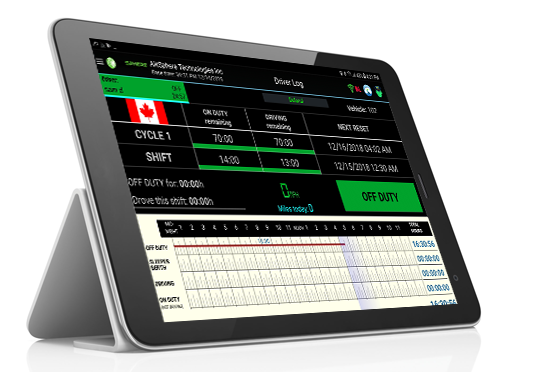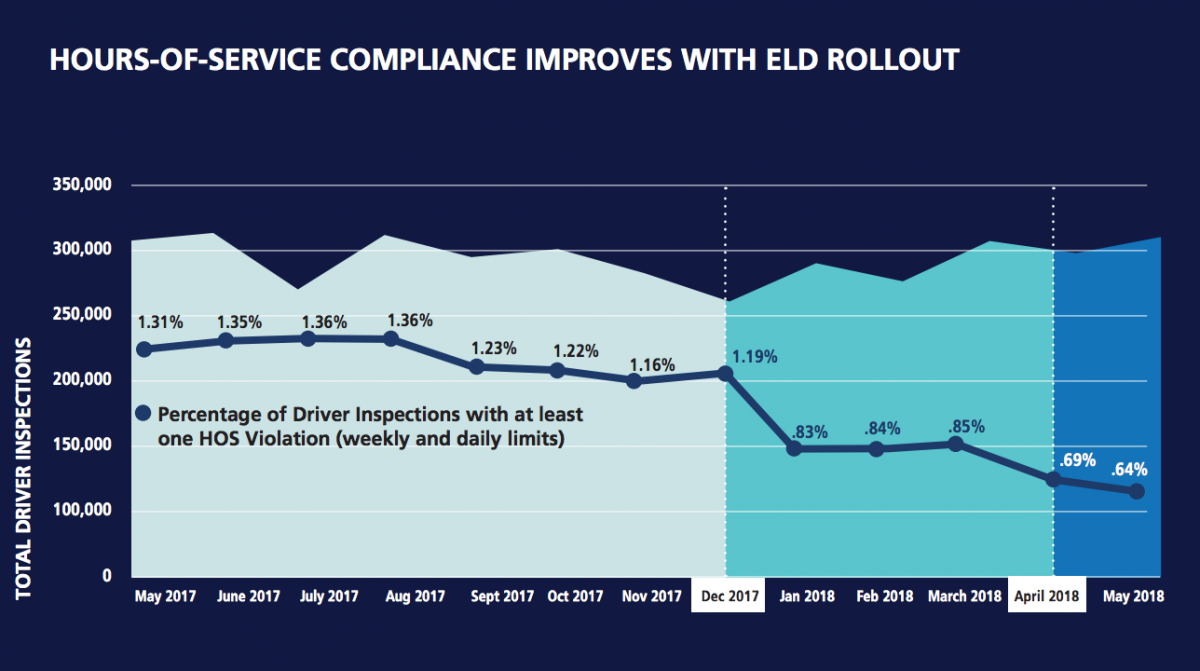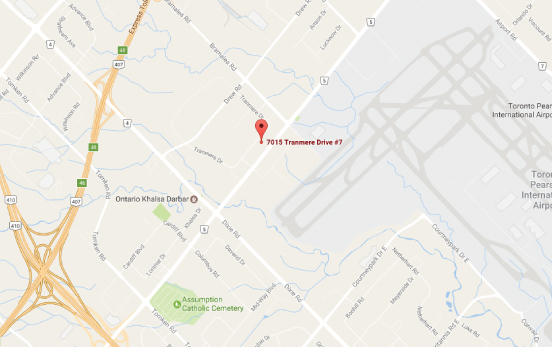Manifest number on ELD

ELD’s have an option to mention the manifest or the shipping document number in the Record of Duty status. As per FMCSA, any document which directs towards the movement of any passengers or cargo must be mentioned in the driver’s electronic logs. Examples of such documents are manifests, invoices, trip reports, order numbers etc.
If a driver is going on more than one trip on same calendar day, then shipping document number or manifest number for each trip should be mentioned in the “Remarks” or the “Comment” section of their record of duty status.
Following is the link by FMCSA- regulations/Q14 which further explains this subject
Disclaimer- The rules and regulations are subject to change any time. Readers must verify with the authority, FMCSA/MTO and must not rely on the contents of this blog.








